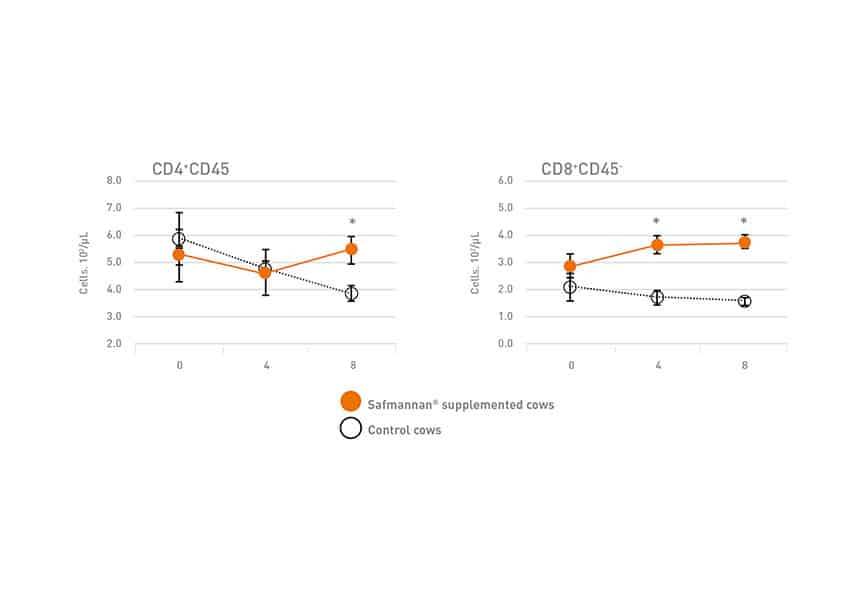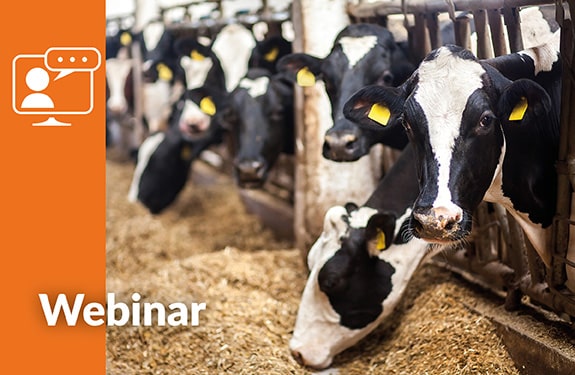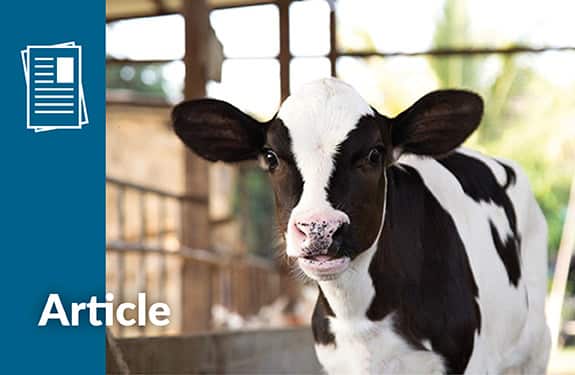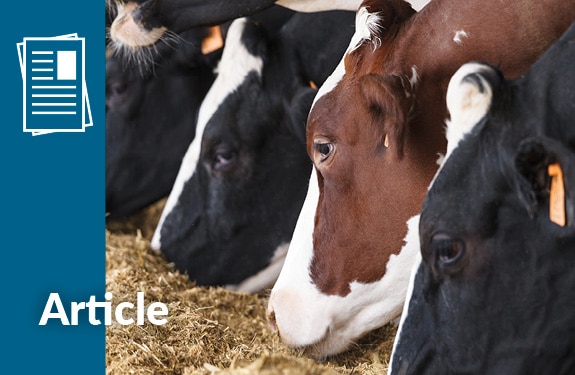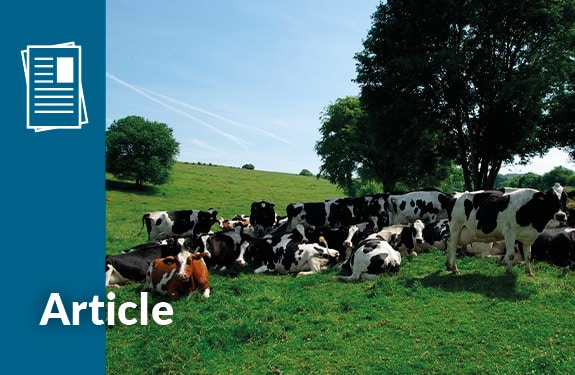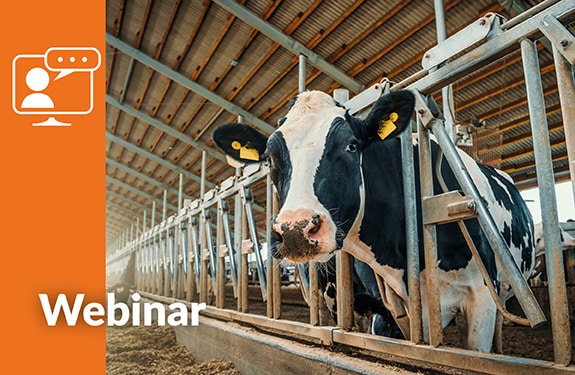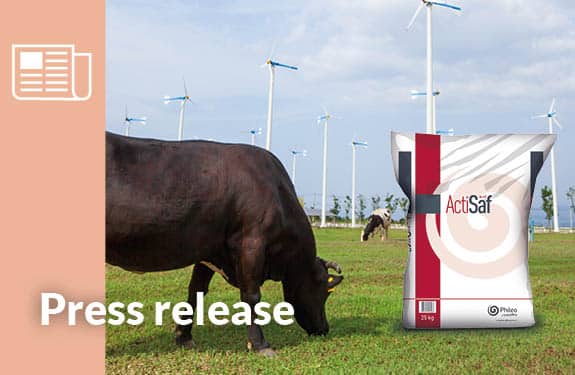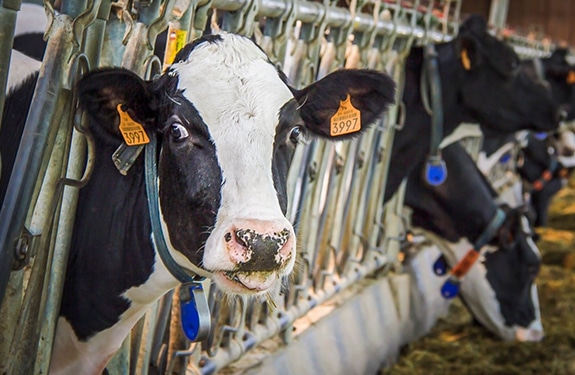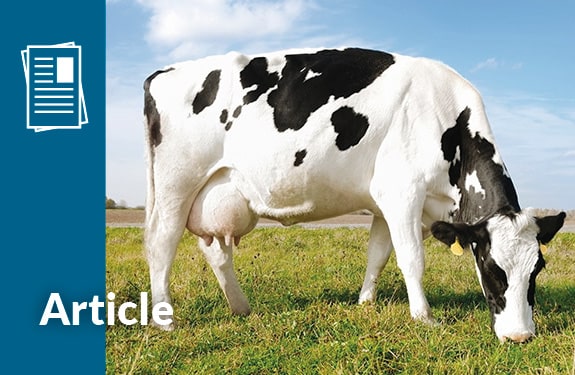Immunity and pathogen control for dairy cows
The key to a healthy cow is a good immune system. A properly functioning immune system should protect a dairy cow from a variety of pathogenic organisms. The immune system utilises a complex set of mechanics to identify and neutralise pathogens. We can identify 2 different immunity pathways: innate immunity and adaptive immunity. Innate immunity is characterised by an early and rapid response to a pathogen challenge, that can occur within seconds and work as the first barrier against infection. The adaptive immune system has a delayed response and can take several days to react. It has a more specific response towards infectious pathogens and works as a second line of defence.
The innate immune system often eliminates a problem quickly, possibly even with no sign of sickness in the animal. In more severe cases, the animal reacts with the development of inflammation, which is one of the main mechanisms of innate immunity, operating as a defensive measure against infection.
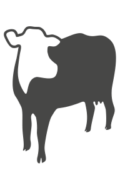
Mammary gland immunity
Mammary gland inflammation, known as mastitis, is one of the most common immune challenges to pathogen infection in dairy cows. One of the best indicators to assess the risk of mastitis is somatic cell count (SCC). High SCC numbers in bulk milk, of above 200,000, indicate subclinical mastitis. Somatic cells consist of around 98% white blood cells – leucocytes – that are immune cells produced by the cow’s immune system to counteract infection. SCC increase in the milk is always associated with mammary gland infection – mastitis. Most dairy cows are immune deficient, however, especially around calving, and the udder is the least immunocompetent organ due to intensive milk production. This explains why mastitis is by far the most common infection in dairy cows.
Immune system around calving
Cows around calving are under high stress and undergo a series of metabolic and hormonal changes. During this period the innate and adaptive immune systems are altered, and cows are more susceptible to infectious diseases. This explains why most types of mastitis and metritis occur during the first days and weeks after parturition.
During calving there are many factors that can challenge the already altered immune system, such as the release of the placenta, absorption of fetal liquid, and the translocation of bacterial LPS from both the uterus and the gut. All these immune challenges trigger a systemic inflammation, often with no clear signs of infection. Research data shows that such inflammation uses a huge amount of glucose as an energy source and may lead to negative energy balance and reduced milk production.
Improving dairy cow immune status with Safmannan®
Supplementing Safmannan® to dairy cows is associated with improved gut health and immune parameters and may help reduce SCC. Research data shows that cows supplemented with Safmannan® have increased populations of immune response inducing cells, known as T helpers, that initiate the immune response. They also have a significantly higher population of immune cells when involved in an LPS challenge associated with leaky gut or other bacterial infections.
CD4 and CD8 clusters of differentiation refer to T-cells – immune cells from the adaptive immune system which play a major role in initiating and supporting both innate and adaptive immune response.
Supplementing Safmannan® in addition to Actisaf® to lactating dairy cows under challenging conditions, such as heat stress, may help to reduce SCC in milk.
Supplementing Actisaf® and Safmannan® to dairy cows during transition has been shown to significantly reduce systemic inflammation, facilitating energy adaptation and milk production during early lactation.










